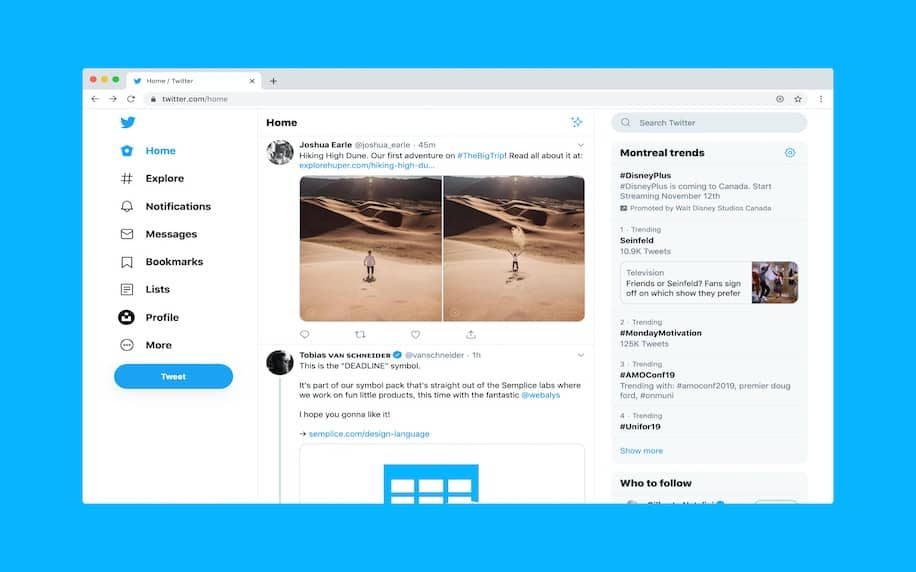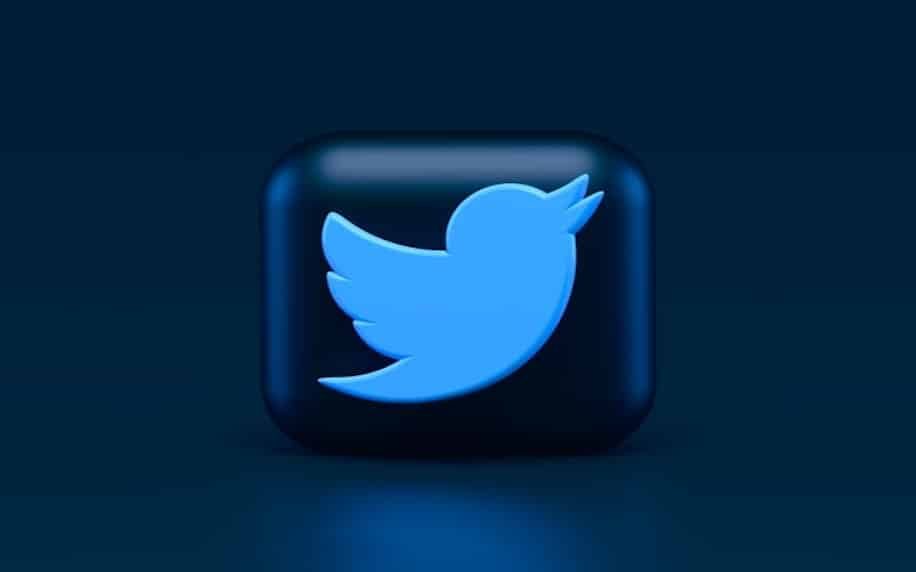

As of January 2021, Twitter enjoys 330 million active users, with around 145 million active daily users. Although it cannot be considered it’s one of the most relevant social media platforms, with emerging players such as TikTok occupying consumers and brands attention it is still an important part of the social media landscape. Twitter first introduced sponsored posts in 2010 and by the fourth quarter of 2020 the company’s ad-revenue had grown to $1 billion dollars. At present the two main categories of twitter marketing are promoted tweets and grouped campaign twitter ads.
In the past few years, Twitter has singled a determination to introduce a subscription model as a way to lessen its reliance on advertising revenue. With the bulk of the company’s revenue flowing directly from targeted advertising. These targeted brand marketing activities Twitter facilitates are focused on demographic driven targeting of relevant user groups. Further, the platform also is trying to compete with emerging social media brand Clubhouse with a voice channel feature called Spaces.
Market Share
Twitter’s paid advertising is built upon simple segmenting. In analysts views, this falls short of Twitter’s key competitor Facebook’s more textured targeting offerings due to inferior consumer profiling. However, Twitter analytics continue to provide enhanced user data with a focus on what consumers more intently interact with, engagement is a highly effective metric of consumer interest. That said, as of January 2021, according to E Marketer Twitter only enjoys 1.4%, of the UK digital advertising market compared to Facebook’s 28%.
However, according to Twitter, 63% of Twitter users follow at least one small or medium sized business account. Further, 72% of people said they would be more likely to make a purchase from such an enterprise after having some sort of interaction with them on the platform. This asserts the potential of the platform’s advertising features.

The Power of Objectives
Twitter advertising enables a brand to promote individual tweets or hashtags. While the platform also allows brands to create and publish targeted campaigns. Twitter campaigns can be crafted upon specific objectives. These objectives include reach maximisation, pre-rolled views and website clicks. These specific objectives alongside focused demographic targeting can help campaigns achieve hyper-targeted results.
The new features of the speculated Twitter innovation are still uncertain. However, there are some clear indications that Twitter advertising could be transformed. Proposed changes will not only affect Twitters users experience but also provide richer opportunities for brands to utilise the platform. A major part of this potential is Spaces as influencers would likely utilise the community building aspect of the tool in a similar way to how Twitter’s main platform is utilised.

Premium Content
Moreover, the Twitter owned platform Revue which acts as a tipping service similar to Patreon may become increasingly relevant. This model of premium content will likely be integrated into the Twitter wider influencer facilities in the future. This may include both written and spoken content, drawing in the different elements of Twitter’s expanding content offerings. This will potentially provide an opportunity for brands.
The speculated new features of Twitter’s premium content have included features such as a short unsend time window for tweets and organisational badges, for users such as journalists. There has been speculated potential features that may provide the brand with an enhanced utilisation of the platform.

Digital Marketing Tools?
Five-times longer video publishing capacity with higher resolution will offer a contrast to the short form video currently popular on platforms such as Snapchat and TikTok. Further, automated account responses will integrate bots on Twitter’s platform will provide an effective customer support and enquiry fielding tool. This will be seamlessly and likely affordably be integrated into the platform.
The integration of social listening tools could also occur. This would see the scope scale and tone of the conversation on the platform about a brand or individual’s account. This will facilitate effective social customer-orientation in brand communications. This could be set to be complemented by the integration of brand surveying. This would likely see Twitter users surveyed on current campaigns offering high quality, real time reactions to current campaigns. This could offer a highly efficient feedback mechanism for brands, informing and creating effective campaigns.

Summary of Twitter: A New Home for Digital Marketing?
The scale and scope of future Twitter’s innovation is not yet known. But what is increasingly clear is that the platform is on a path to sustained innovation. This will undoubtedly present brands with opportunities to utilise this large but commercially underused platform. The success of Twitter’s future features integration is fundamentally concerned with how well they integrate these proposed new tools into their main platform. This is key to creating a home to a range of tools for brands across a range of sub-platforms.
The post Twitter: A New Home for Digital Marketing? appeared first on ProfileTree.

Leave a Reply